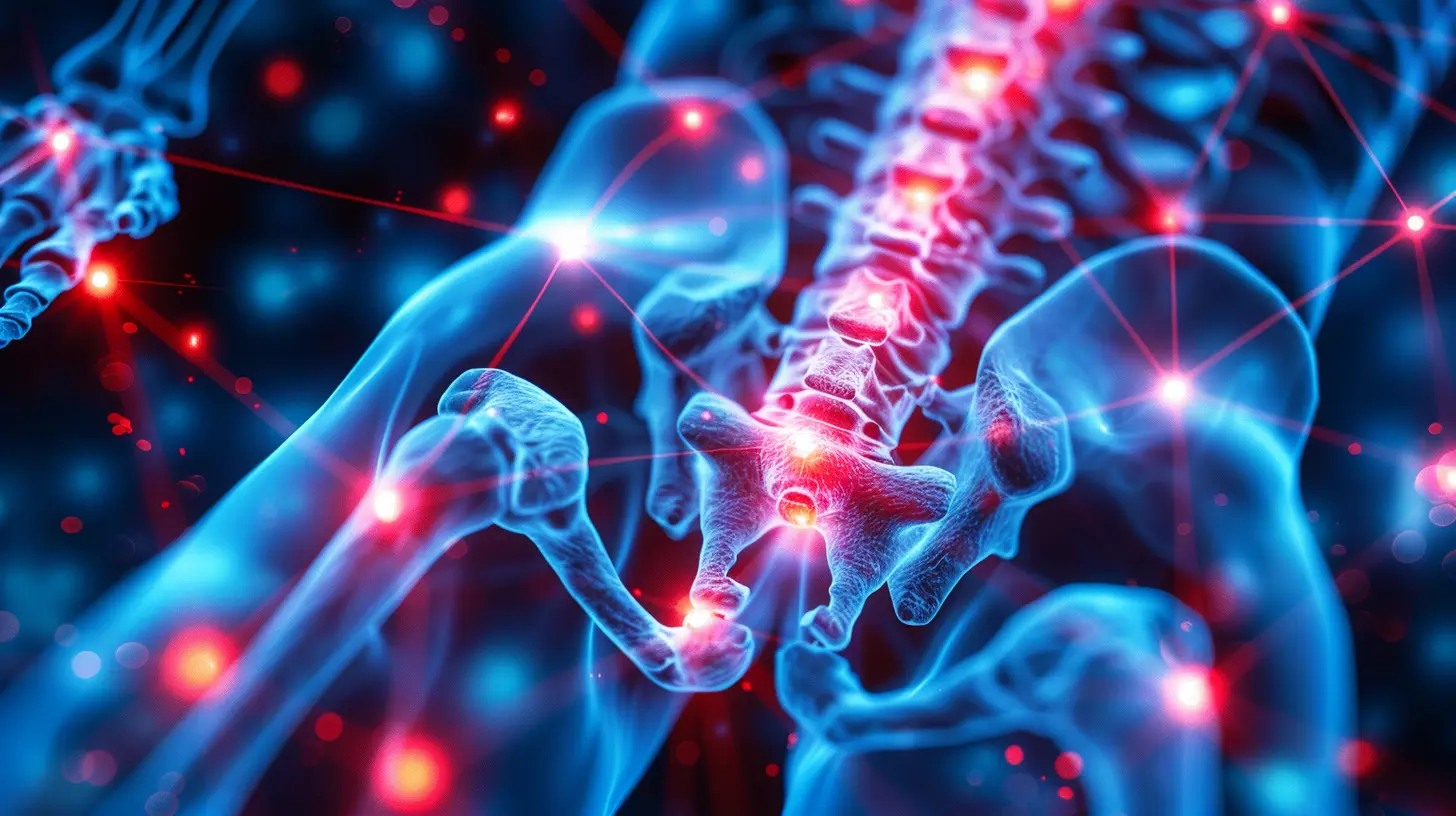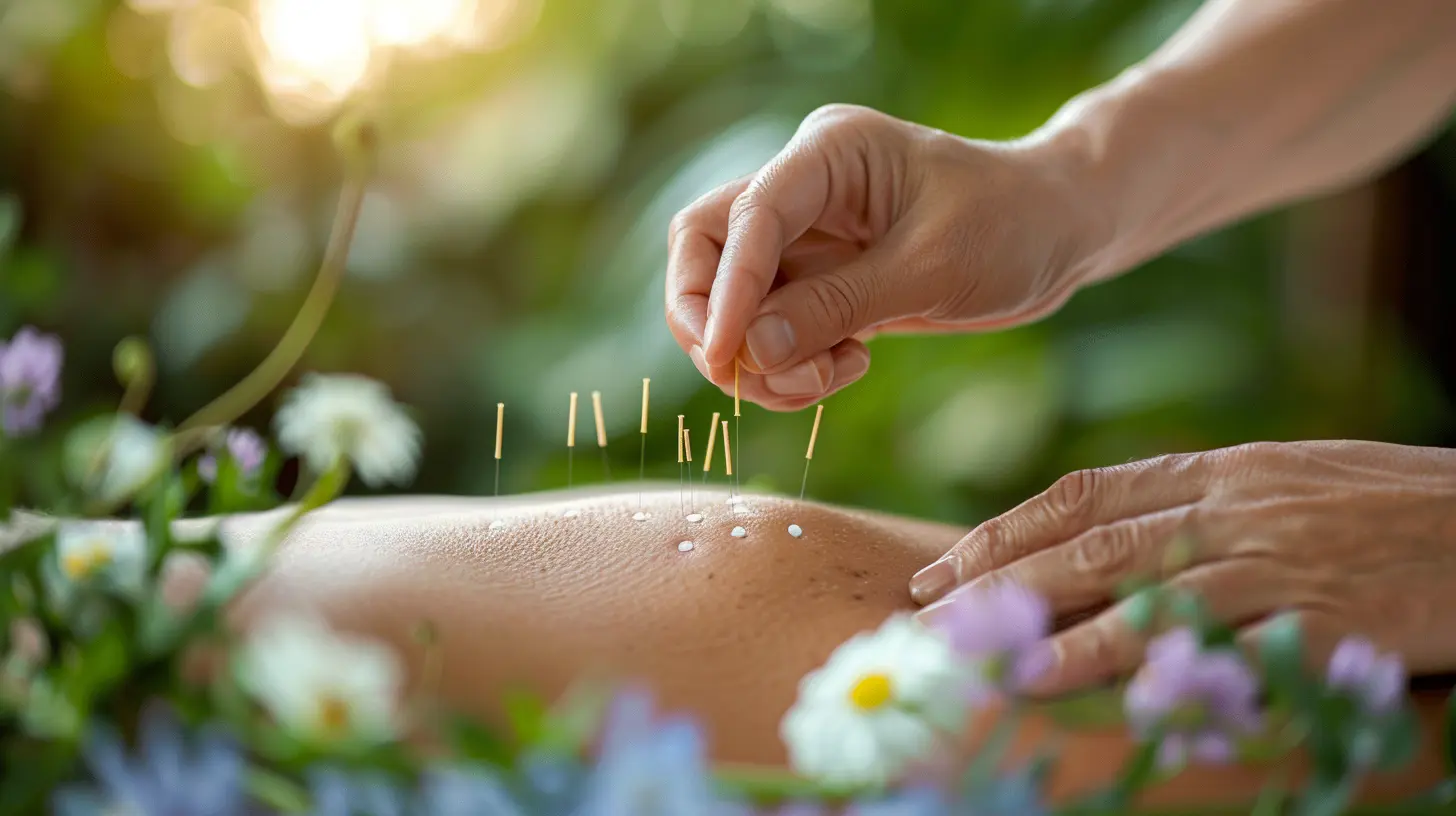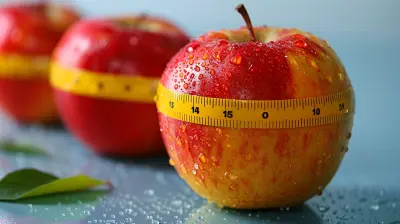Acupuncture and Joint Pain: What You Need to Know
17 June 2025
Let’s be honest—joint pain is the kind of discomfort that can turn everyday life into an uphill battle. Whether it’s your knees, shoulders, hips, or wrists, pain in your joints can make a simple walk around the block or even buttoning up your shirt feel like a major chore. So, when conventional pills and heating pads don’t cut it, people start looking for something different—something that doesn’t just mask the pain, but helps the body actually feel better. That’s where acupuncture comes in.
If you’ve ever raised an eyebrow at the idea of sticking needles in your body to feel better, you’re not alone. But acupuncture has been around for thousands of years, and modern science is slowly catching up to what ancient practitioners have known all along—it works. Let’s dig deep into how acupuncture can help with joint pain and whether it might be the game-changer you’ve been looking for.
What Exactly Is Acupuncture?
Alright, so before we connect the dots between acupuncture and joint pain, let’s clear up what acupuncture actually is. In simple terms, acupuncture is a traditional Chinese medicine (TCM) practice that involves inserting ultra-thin needles into specific points on your body. These points are believed to be connected by energy pathways called meridians.Sounds a bit mystical? Yeah, it can. But here’s the thing—science has started mapping out physiological explanations that validate many of these mysterious concepts. When those needles hit the right spots, your body releases endorphins (a.k.a your natural painkillers) and activates blood flow. Translation? Less pain, better healing.
Joint Pain: The Daily Struggle
If you've ever suffered from joint pain, you know it’s more than just discomfort. It can hijack your day, mess with your sleep, and sneak into your mental health too. Here are a few common causes of joint pain:- Osteoarthritis: A wear-and-tear condition that breaks down the cartilage in joints.
- Rheumatoid Arthritis: An autoimmune disease where your body attacks its own joints.
- Injuries: Torn ligaments, sprains, or other trauma messing with your joints.
- Bursitis and Tendinitis: Inflammation in the connective tissues around the joints.
And let’s not forget—while painkillers, steroid injections, or even surgery may be on the table, they’re not always ideal or sustainable. That’s why people start exploring alternative remedies like acupuncture.
How Acupuncture Helps With Joint Pain
So how does sticking needles in your skin possibly help with something as stubborn as joint pain? Let’s break it down.1. Boosts Natural Pain Relief
Acupuncture triggers your body to release endorphins and enkephalins, which are natural chemicals that fight pain. These are your body’s built-in painkillers, and acupuncture helps unleash them right where you need relief.2. Reduces Inflammation
Inflammation is the underlying culprit behind most joint pain. Studies show that acupuncture can reduce levels of pro-inflammatory cytokines—fancy word for the stuff that makes your joints feel hot, swollen, and sore.3. Improves Blood Circulation
When more blood flows to your injured or painful joint, healing nutrients get delivered and waste gets flushed out. Better blood flow = better healing.4. Relaxes Tight Muscles
Stiffness around the joint can make movement even more painful. Acupuncture encourages muscle relaxation, which in turn reduces tension pulling at your joints.5. Balances the Nervous System
By nudging your nervous system into a more parasympathetic (rest and repair) state, acupuncture helps your body move out of “fight or flight” mode—a state that can worsen chronic pain.
What the Research Really Says
Now, I know what some of you are thinking: “Cool story, but where’s the proof?”Fair question. And here’s the good news—more and more studies are showing acupuncture isn’t just placebo.
- A study published in the journal Pain found that acupuncture provided significant relief in patients with chronic pain conditions, including osteoarthritis. They even called it "more than a placebo effect."
- The Annals of Internal Medicine featured research showing acupuncture was more effective than standard medical care for chronic back and knee pain.
- Another study from Arthritis & Rheumatology suggested that patients with rheumatoid arthritis experienced reduced pain and joint stiffness after regular acupuncture sessions.
While science hasn’t uncovered every detail yet, there’s strong evidence building in its favor.
What to Expect During a Session
If you've never tried acupuncture before, the idea of being turned into a human pincushion might make you hesitate. Don't worry—it’s way less intense than it sounds.Here’s how it usually goes:
1. Initial Assessment: Your acupuncturist will ask about your symptoms, lifestyle, and health history.2. Needle Placement: Tiny, hair-thin needles are inserted into specific acupuncture points. You might feel a little pinch or tingling, but rarely pain.
3. Relaxation Time: You'll lie still for 15–30 minutes with the needles in. Many people actually find this part relaxing—some even nap!
4. Post-Treatment: After the session, you may feel energized or a bit sleepy. Either way, many feel a noticeable shift in pain levels.
Side Effects? They’re Minimal
Compared to popping pills or undergoing surgery, acupuncture has a pretty gentle risk profile.Most common side effects?
- Mild bruising
- Slight soreness at needle sites
- Temporary fatigue
That's about it. Just make sure you’re getting treated by a licensed, experienced acupuncturist.
Acupuncture vs. Other Treatments
So how does acupuncture stack up against the more “traditional” routes? Let’s do a quick comparison:| Treatment | Pros | Cons |
|-------------------|-----------------------------------|----------------------------------------|
| Acupuncture | Natural, holistic, few side effects | Takes time, needs multiple sessions |
| Pain Meds (NSAIDs) | Quick relief | Stomach irritation, long-term risks |
| Steroid Injections | Powerful anti-inflammatory | Temporary relief, joint damage risk |
| Physical Therapy | Strengthens and supports joints | Requires motivation and commitment |
| Surgery | Permanent fixes in some cases | Expensive, risky, long recovery |
What’s important to realize? Acupuncture often works best alongside other treatments, not necessarily replacing them. It can be a powerful complementary therapy that helps your body bounce back more naturally.
Who Should Consider Acupuncture?
Acupuncture isn’t a miracle cure, but it can be a really effective tool for managing joint pain—especially if:- You’re looking for a drug-free option.
- You’ve maxed out your use of medications or don't tolerate them well.
- You want to avoid or delay surgery.
- You're into natural, whole-body approaches to healing.
People of all ages can benefit, from young athletes nursing injuries to seniors dealing with arthritis. The key is consistency and working with someone who knows their stuff.
Tips for Getting the Most Out of Acupuncture
Ready to give it a shot? (Pun intended!) Here are a few tips to help you get the best results:1. Be Consistent: One session won’t undo years of damage. Commit to at least 4–6 treatments before judging its effectiveness.
2. Hydrate Before and After: Helps your body process the changes more smoothly.
3. Eat Light Beforehand: Don’t go in on an empty stomach, but skip the heavy burger and fries.
4. Communicate Openly: Share exactly where your pain is and how it feels.
5. Stay Open-Minded: Give your body a chance to respond—you might be surprised.
What About Insurance?
Good news here: Many insurance plans now cover acupuncture, especially for chronic pain or musculoskeletal conditions. Just check with your provider or ask your acupuncturist—they usually know the ins and outs of insurance paperwork.Final Thoughts
Joint pain doesn’t have to control your life. While acupuncture might sound unconventional at first, it’s a time-tested, increasingly research-backed option that helps the body help itself. Think of it like hitting the reset button—or giving your body a gentle nudge in the right direction.If you’re tired of just “managing” the pain and are ready to start healing from the inside out, booking a few acupuncture sessions might just be your next best move.
Your joints will thank you.
all images in this post were generated using AI tools
Category:
Healthy JointsAuthor:

Laurie Barlow
Discussion
rate this article
2 comments
Soleil Coffey
Great article! Acupuncture offers a holistic approach to managing joint pain, providing relief for many. It’s essential to consult a qualified practitioner to discuss your specific needs and treatment options.
December 6, 2025 at 5:36 AM
Starling McCaffrey
Acupuncture offers a unique lens on healing, emphasizing the interconnectedness of body and mind. It challenges traditional pain management paradigms, inviting us to explore holistic approaches. In addressing joint pain, perhaps we also uncover deeper questions about our relationship with discomfort and the pursuit of balance.
June 17, 2025 at 3:38 PM

Laurie Barlow
Thank you for your insightful comment! Acupuncture indeed encourages a holistic view of healing, highlighting the importance of addressing both physical and emotional aspects of joint pain. Your reflections on the balance between discomfort and well-being are truly thought-provoking.


